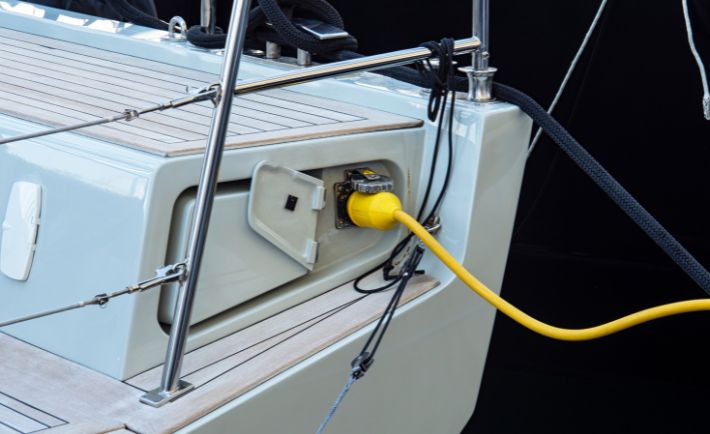
Imagine having the perfect day on the water. The sun is setting, and the gentle waves are lapping against your boat. Everything is perfect until your marine battery dies.
If you don’t want to be stranded on your next boating adventure, keeping your marine battery powered up is crucial. We’ll walk you through everything you need to know to ensure you can get back to shore after a long trip.
Installation
The battery should be secured in a well-ventilated area away from direct sunlight and moisture. This helps prevent overheating and corrosion. Consider using a battery box or tray with appropriate tie-downs to keep it in place.
Use marine-grade wires and connectors to prevent corrosion and ensure all connections are tight and clean to minimize resistance and avoid voltage drops. For best results, you’ll want to learn how to install an onboard boat battery charger on your boat.
Charging Techniques
To maximize battery life, follow the correct charging techniques. Use a charger with a smart charging feature that adjusts the charging rate based on the battery’s condition. Avoid overcharging, as it can cause excessive heat and reduce battery life span.
Charging in stages is also beneficial. Start with a bulk charge to quickly bring the battery to about 80 percent capacity, followed by an absorption charge to get it to full capacity, and finally, a float charge to maintain it at 100 percent.
Safety Precautions
Always follow safety precautions when handling your marine battery. Wear protective gear like gloves and eye protection. If you need to remove it, disconnect the battery’s negative terminal first and reconnect it last to minimize the risk of short circuits.
Avoid smoking or creating sparks near the battery, as marine batteries can emit hydrogen gas, which is highly explosive. Use insulated tools to prevent accidental sparks, which can lead to injury.
Regular Inspections
Regular inspections are key to extending your battery’s life span. Check the terminals for corrosion and clean them with a mixture of baking soda and water. Inspect the battery case for cracks or bulges, which can indicate internal damage.
Ensure the battery is securely mounted and free from excessive vibration. Vibration can cause internal plates to break, leading to reduced capacity and performance.
Cleaning and Storage
Clean your battery regularly to prevent the buildup of dirt and corrosion. Use a wire brush to clean the terminals and a damp cloth to wipe down the case. Apply a thin layer of petroleum jelly on the terminals to prevent corrosion.
Store your battery in a cool, dry place during the off-season. Disconnect it from the boat and place it on a wooden or plastic surface to prevent moisture absorption. Use a trickle charger to maintain the charge level and limit the process of sulfation.
Don’t Be Let Down By Your Battery
Keeping your marine battery powered up is essential for a smooth and enjoyable boating experience. By following these best practices, you can ensure your battery performs reliably and doesn’t let you down.




